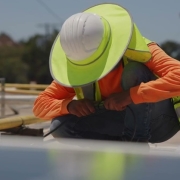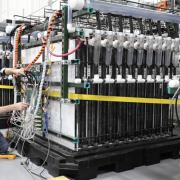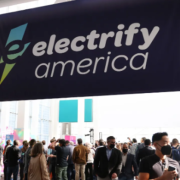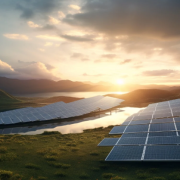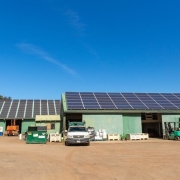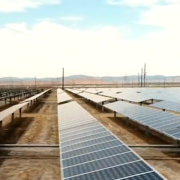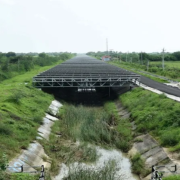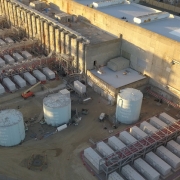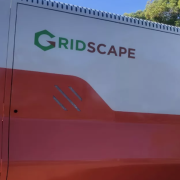This summer, USC marked a major milestone in its sustainability efforts by adorning the rooftops of graduate student housing locations around the University Park Campus with state-of-the-art solar panels.
This investment reduces the university’s dependency on the electrical grid and also propels it closer to achieving carbon neutrality by 2025, a key goal of the Assignment: Earth sustainability initiative.
The project kicked off in July, as cranes hoisted the giant panels atop the Windsor, Vista, Stardust and Seven Gables apartment complexes. Zelinda Welch, associate director of sustainability with USC Facilities Planning and Management, watched the project unfold from its inception.
Click here to read the full article
Source: USC News
—
If you have any questions or thoughts about the topic, feel free to contact us here or leave a comment below.

